Boundaries: Connections & Connecting. Contd. 4
Dear Readers, Welcome to SC Musings, Blog 13,
We explored Connections and Connecting in depth in Blogs 10, 11 and 12 - looking at Connections within, we have also traced our Connections with others, right from birth. NG Holistic Model and case studies helped us view the 4 aspects of Connections, namely Strength, Space, Time and Quality.
In this Blog 13, we are going to bring this mega theme to a conclusion by looking at our environmental Connections; and also delve in to ways to Manage, Regulate and Refine (MRR) them.
An up-coming multi-purpose space for personal and Nitya Gurukula use, SC Retreat, once a barren land with one mango tree in the middle, is now bustling with activity. Afforestation and building work is transforming the landscape- as it is slowly filling up with plants, insects, birds, building materials, structures and humans. Visiting with architect Suhasini from Auroville, my attention kept shifting between various happenings- which created diverse environments within the Retreat, as we call it now.

Captured in Figure 13.1. is the engineering focus, where the Architect, Contractor and Engineering team are poring over plans and micro details, matching them to a completed building for quality assurance. After a while, I moved on from them, to savor a different part of the surroundings.
Young Vellingiri’s absorption with his toy, and the way he manouvered and played with it, drew me. Unconcerned with my watching and filming, he was in his own world with his truck, as Figure 13.2. depicts.
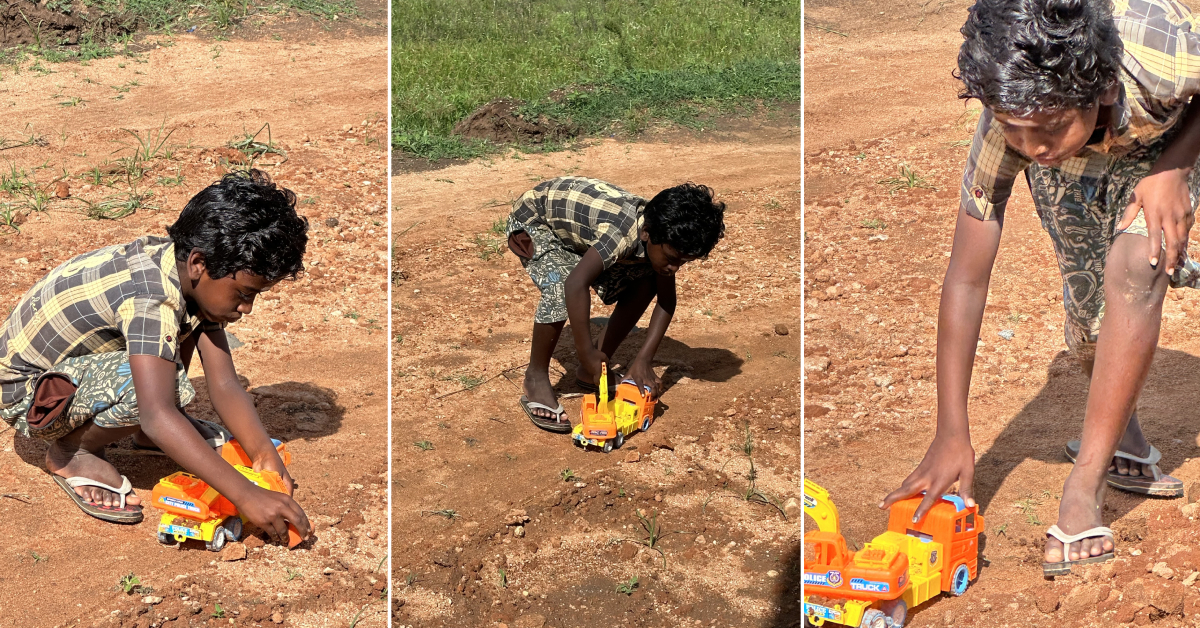
Living with his parents and brother Pravin on the land, boredom is unknown to these young lads. They create their environments with whatever is available, and watching them grow and play is a treat.
Teaming with girlup Fembots, an NGO, connected to the United Nations for women empowerment, Nitya Gurukula Team conducted a Taichi and Dance program in Bridgewoods School for about 40 participants. Taichi and Dance, a powerful combo, for:
Establishing and fostering Connections
Uplifting energy levels &
Moving beyond comfort levels,
unified the organisers, conductors and participants in movement and music. Ageism, a bias towards aging and the ‘old’, was absent in this process, with participants ranging from early 20’s to well past their 50’s, merging into Taichi and Dance. Figure 13.3. is just a peek into the event which revealed the potential of Connections and Connecting in creating meaningful, soothing environments which connect and nurture body, mind and the spirit.
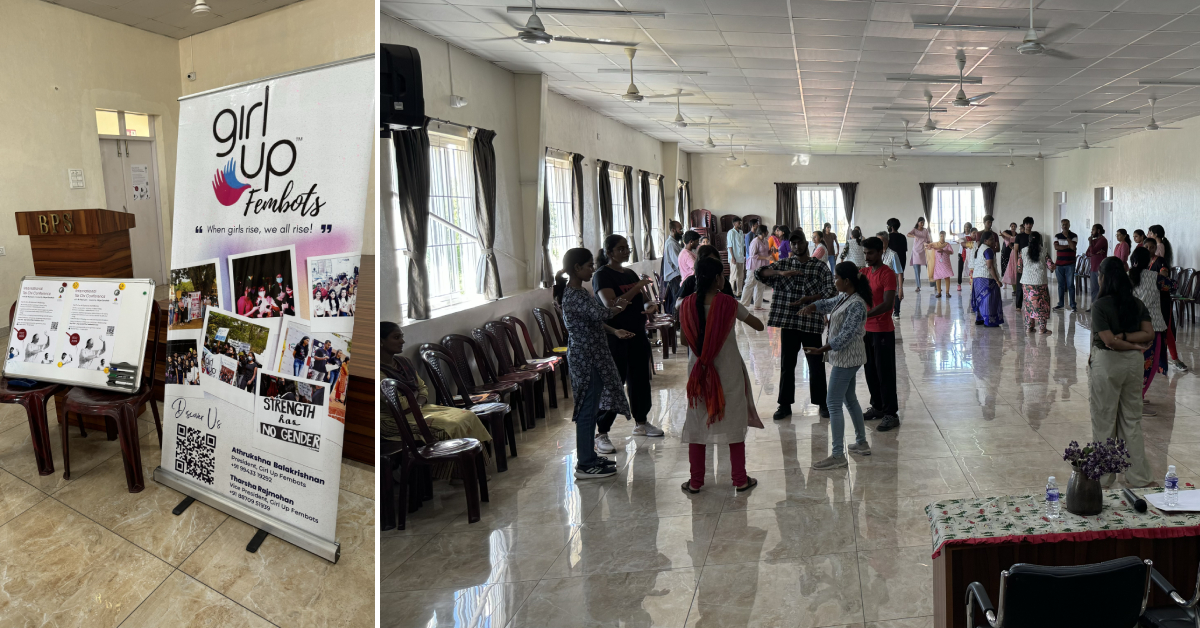
Before linking Connections, Connecting and environment, let’s look at the meaning of environment. I herewith present definitions of environment:
“environment, the complex of physical, chemical, and biotic factors that act upon an organism or an ecological community and ultimately determine its form and survival.” (Encyclopaedia Britannica, Inc.2024)
“-the circumstances, objects, or conditions by which one is surrounded
- the aggregate of social and cultural conditions that influence the life of an individual or community
- a computer interface from which various tasks can be performed - a programming environment” (Merriam-Webster, 2024).
Often interchangeably used, surroundings, setting and context have similar undertones as environment.
In common parlance, envioronment mostly refers to space, buildings, and artificacts contained in them. With globalisation and it’s aftermath, along with the expansive, even explosive growth of technology, deeper meanings of environment are continuing to emerge.
Bronfenbrenner (1995) was one of the first psychologists to address the influence of the environment on child development and vice versa in his Ecological Systems theory. Coolen (2006) and Stewart (2000) have also have presented perspectives on the interactions between the environment and individuals and groups.
From the above definitions and studies on the bi-directional influence and impact of the environment on individuals and groups, it can be surmised that Connections and Connecting play a major role in this process. They are the gateways which allow the influence and impact to happen, as shown in Figure 13.4.
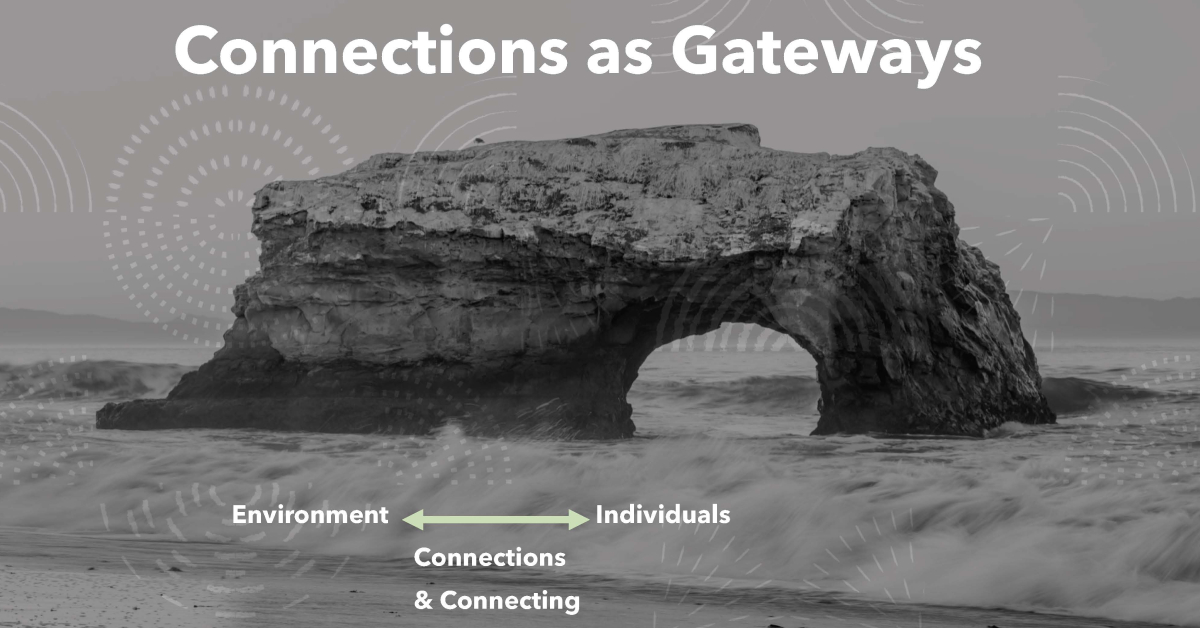
So now comes the question, how is this knowledge of Connections and Connecting with the environment applicable in life and living. These fornightly Blogs contained in SC Musings for Nitya Gurukula are intended to provide experiences and inspire reflections. This approach is founded on Nitya Gurukula’s vision of ‘The Guru Within’, and could be a bit frustrating for individual’s seeking quick fixes. These, I am sure are like fast food, which might service the palate momentarily, but lack nutrition and long term benefits.
My experience is that MRR, Managing, Regulating and Refining our Connections and Connecting choices bring Self, Other, Environment balance. This understanding which has emerged from experience is a culmination of years of studying, applying and reflecting, using Transactional Analysis, Taichi, Eastern philosophy and spirituality as interpreted by the Gurus and more.
Questions which follows are, is MRR Connections possible? If so How??
MRR, that is Managing, Regulating and Refining our Connections and Connecting processes are possible and can be explained in a few steps and stages. Connections are a given when it comes to biological relationships; social connections also happen outside our total control, like in education and business. However, Connections with friends and acquaintances are largely within our conscious control.
1st step in MRR our Connections begins with sensory awareness of ourselves, others and environments. Generally, we become creatures of routines, scheduling our activities, and function on autopilot. However, routines rob us of our faculties to sense and be present in time and space, and tend to make us robotic. We need to remain in this 1st stage for awhile to establish a Connection within and externally with others and the environment.
2nd step is about discerning our Connections- we can use the factors introduced in Blog 12 for this purpose. Strength, Time, Space, and Quality are applied in this stage 2 to help us assess our Connections.
3rd step leads to deciding on Regulating and Refining Connections- these two R’s form the crux of Managing them. Core values promoted by theITAA World, (International Transactional Analysis Association, 2014) based on United Nations expounded values like Dignity, Self Determination, Health, Security and Mutuality, need to be the foundation of the 3rd stage of MRR. Hard, tough, ethical considerations and decisions, help maintain the Connections and Connecting processes with hygenic and dharmic qualities.
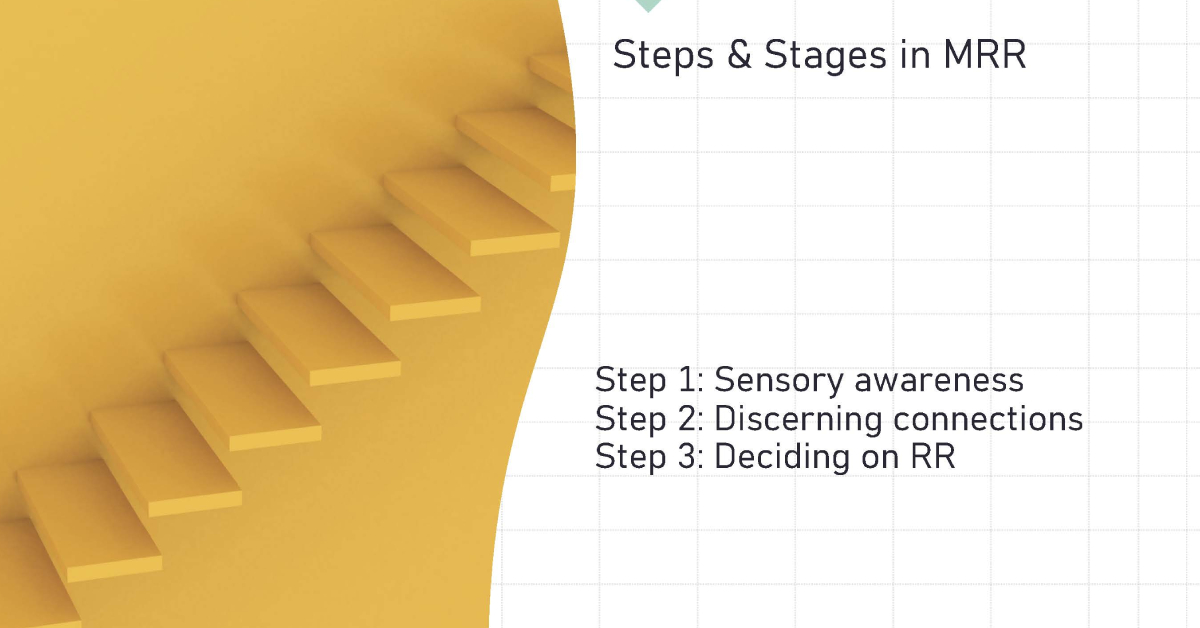
We now arrive at summarising our meanderings through Connections and Connecting. Self-Other-Environment Connections and Connecting are not mutually exclusive and linear processeses. They are dynamic, and keep us alive and active because I realise that the quality of our life is based on our choices, both micro and macro choices about Connections, which in turn decide the environments we create within and outside us.
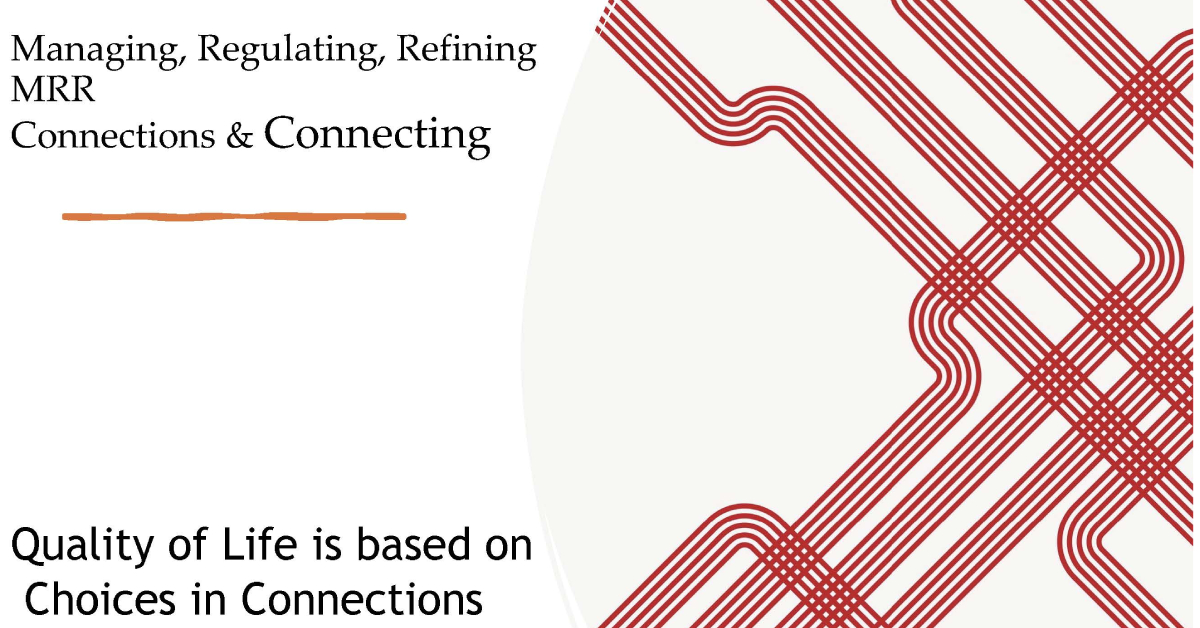
Dear Readers,
I have enjoyed sharing my experiences with you on Connections & ConnectingsTrust you are with me on this journey.
Looking forward to seeing you next fortnight in Blog 14, where we are going to unravel energy- Holistic Energy.

References
Bronfenbrenner, U. (1995). Developmental ecology through space and time: A future perspective. In P. Moen, G. H. Elder, Jr., & K. Lüscher (Eds.), Examining lives in context: Perspectives on the ecology of human development (pp. 619–647).
context: Perspectives on the ecology of human development (pp. 619–647).
American Psychological Association. https://doi.org/10.1037/10176-018 Coolen, H. (2006). The Meaning of Dwellings: an Ecological Perspective. Housing, Theory and Society, 23(4), 185–201. https://doi.org/10.1080/14036090600909469
ITAA Values: International Transactional Analysis Association. (2014). Code of Ethical
Conduct and Ethics Procedures Manual. Retrieved from:
https://www.itaaworld.org/sites/default/files/itaa-pdfs/gov-admin-docs/12-5-14 Revised Ethics_0.pdf.
Stewart, F. (2000). Dynamic Interactions between the Macro-Environment, Development Thinking and Group Behaviour. DEVELOPMENT STUDIES WORKING PAPERS. N.143.
Environment (2024): https://www.britannica.com/science/environment
Environment (2024): https://www.merriam-webster.com/dictionary/environment